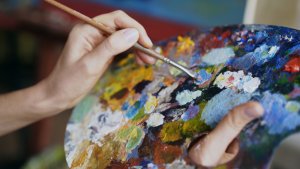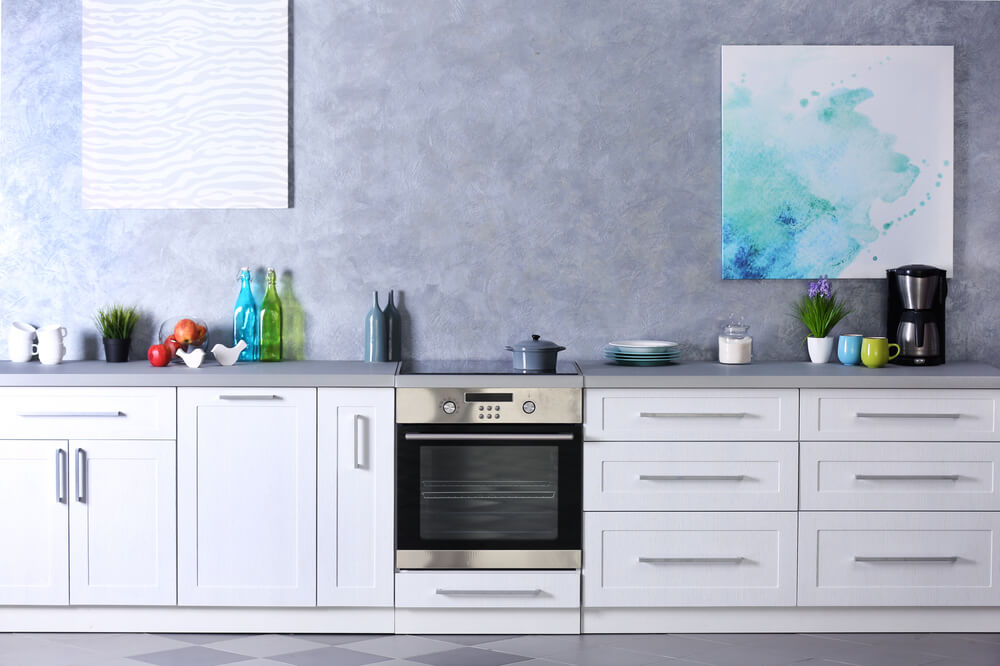Before You Paint a Picture...

Have you ever thought that painting is an activity that’s reserved for people with artistic gifts or trained in art? As if! Anyone can be an artist and showcase their art (or use it to decorate their own home). In today’s post, we’ll talk about the aspects that you’ll need to consider if you like to paint.
Painting a picture can be a perfect activity to eliminate stress, bid adieu to boredom or to hone your inner creativity. You don’t need to be a master painter to grab a canvas and create art. For starters, keeping these following recommendations in mind will help you get on the right track:
1. Paint with watercolors
Watercolors are accessible, easy to use and simple to find. You can buy them in packs or tubes that come in different colors, ranging from light to dark or from bold to pastel tones.

When you pour the material onto your palette, don’t fret! It might feel a little heavy. But it’ll change once you wet your brush and add water. Keep the colors light and watery so they spread on your canvas easily.
Even if you’re painting with watercolors for the first time, we recommend using high quality materials. Stay away from the products in the school materials section.
Once you’ve tried out watercolors, you can move onto different paints: acrylics are the most versatile while oils are for professionals. You can even use natural pigments like fruits, chalk, charcoal, plants, etc.
2. Choose your paintbrushes
When you’re shopping for paintbrushes, you’ll see that there are lots of options. Don’t panic. You’ll find the most appropriate ones for your painting, to suit your preferences and budget.
For watercolors, we recommend round-tip brushes. With acrylics, try synthetic flat-tip brushes and for oils, look for filbert brushes. Depending on what you want to paint, how much precision it’ll require, the size of your canvas, if you’ll be filling in large areas of color, etc. look for an appropriate width.
3. Buy your materials
Aside from paintbrushes and paints, you’ll also need other materials. First off, you’ll need a good canvas in the size that you want. Look for one with a frame if you’re planning on painting with oils or acrylics. Watercolor paper is also an option for watercolors; it withstands humidity and won’t curl or rip.
You’ll also need an easel to hold your canvas: invest in a high-quality model so that you can use it for future paintingsas well. Additionally, look for a palette or a mixing tray for your paints. Make sure that it has a good surface for mixing your colors.

4. Additional items
You can find everything that we’ve mentioned so far at a fine arts store. However, there are other items that you’ll need that you might be able to find at home. We’re talking about clothes that you can get dirty in, containers for water to clean your brushes and an old bed-sheet or rag that you can place under your easel in case your paint splatters.
5. Start painting
Now you have everything that you need to paint. It’s time to get busy! To begin, you might want to copy a picture that you like or paint the landscape that you can see from your window or have in your head.
Sketch everything out with a pencil. Use the sketch as a map if you’re still getting the hang of painting. You can try starting out with basic shapes, like a flower or a house and paint them in just one color. With experience, you can move on to more complex designs and colors.
Painting a picture is very fun and can become the activity that you needed to eliminate stress or enjoy your free time. Remember to be picky with your materials and keep them clean after each session. Your work will make you proud!